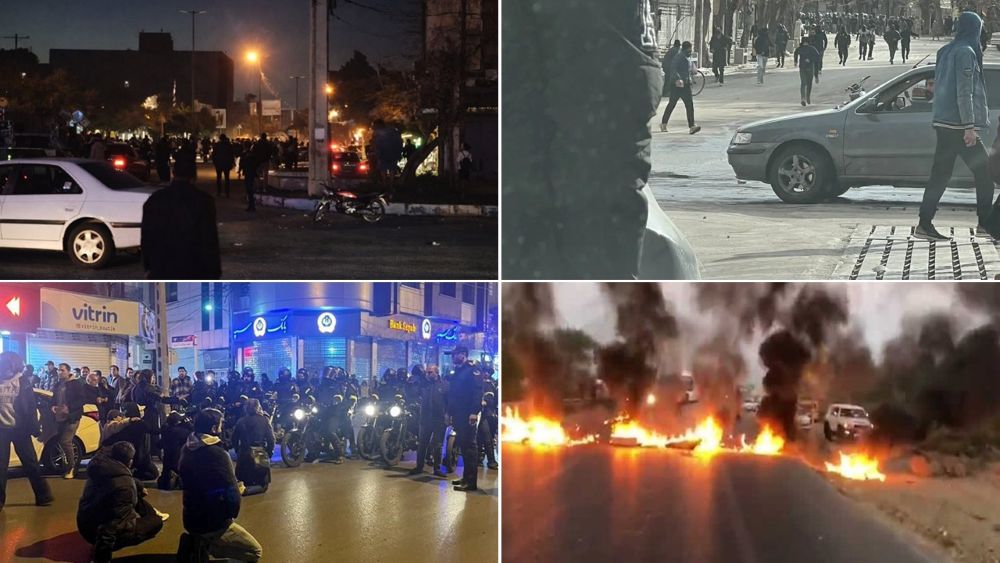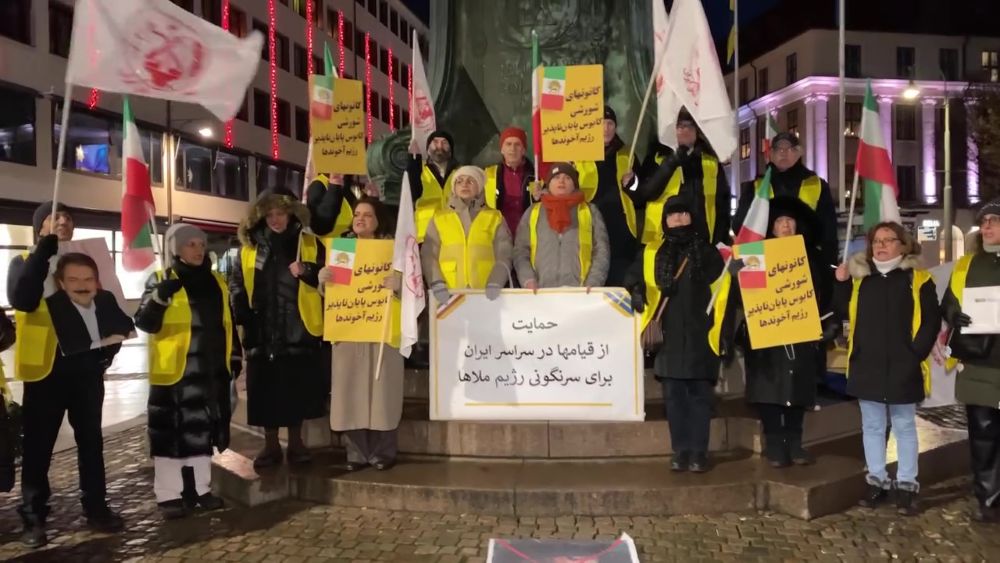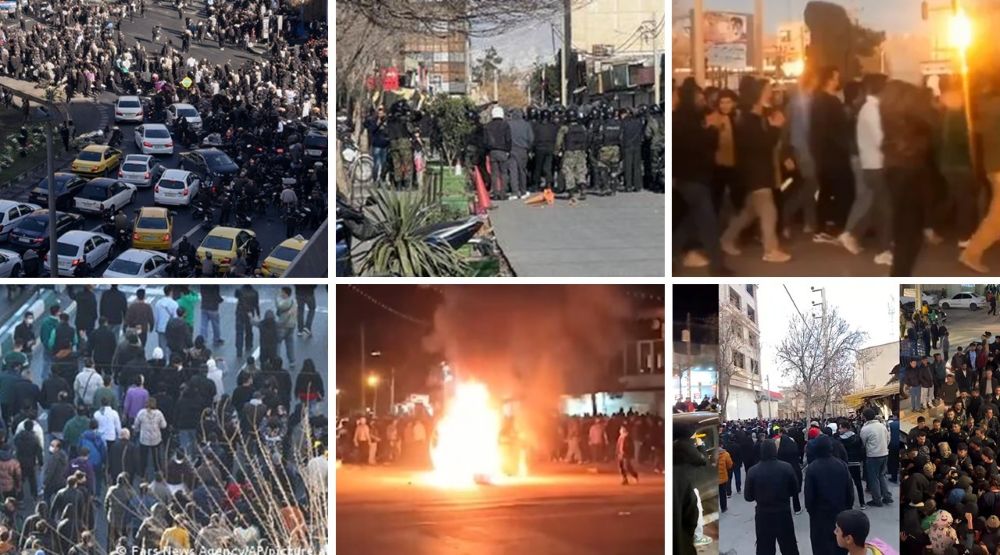Iranians are currently facing a number of crises, including extreme heat, water shortages, and the coronavirus pandemic, but one that you might not have heard about is the electricity crisis.
So why is there a supposed shortage of electricity that is resulting in blackouts across the country since late March? Simply, because like a lot of the problems facing Iran, the regime is prioritizing money for terrorism, warmongering, and other malign actions over the needs of the Iranian people.
The public are facing power outages and water shortages, while regime officials and the state-run media admits to exporting electricity abroad, including a 540-megawatt power plant in Syria, and using water for its various factories. In fact, on July 4, Iraqi Prime Minister Mustafa Al-Kadhimi advised that despite international sanctions, power outages, and everything else, the regime continues to export electricity to Iraq.
In addition to this, the problems are caused by the aging electricity network, which allows 10% of the electricity produced to be wasted, and the “cryptocurrency mining”, which takes about half of the electricity produced. Iran was supposed to invest $2 billion annually over the past decade to modernise the electricity network, but it failed. Now, the country is seeing $4 billion in electricity losses per year.
Meanwhile, the gap between electricity produced in Iran and used in Iran has increased dramatically, with the Energy Ministry’s spokesman for the Electricity Industry, Mostafa Rajabi Mashhadi previously indicating that the three major power plants were being repaired and that was the reason for the shortage, along with higher temperatures, drought, and lower water reserves in dams.
Qumars Zamani, spokesman for the Southwest Electricity Industry, said that planned restrictions must be done because otherwise Khuzestan would see widespread blackouts during the hottest days of the years, which would not be acceptable.
The state-run Arman daily wrote: “Blackouts are linked to many other issues. Workers’ strikes or drought in the deprived areas of Sistan and Baluchestan province, along with the Covid-19 outbreak. All the while, some are attempting to lay the blame on our enemies. They don’t want to hear about some issues. I wish their ears would be washed before it was too late, and before the ‘flood’ arrives to awaken some people form their sleep.”
There are plenty of ways to fix the issues, including creating solar farms or using the nuclear programme for energy rather than weapons, but the regime isn’t doing this. Over the past 42 years, the regime have failed to support the Iranian people, when it had the choice to prioritise keeping hold on power. The regime can no longer control the society, as seen by the protests, and its just a matter of time before they are overthrown.



